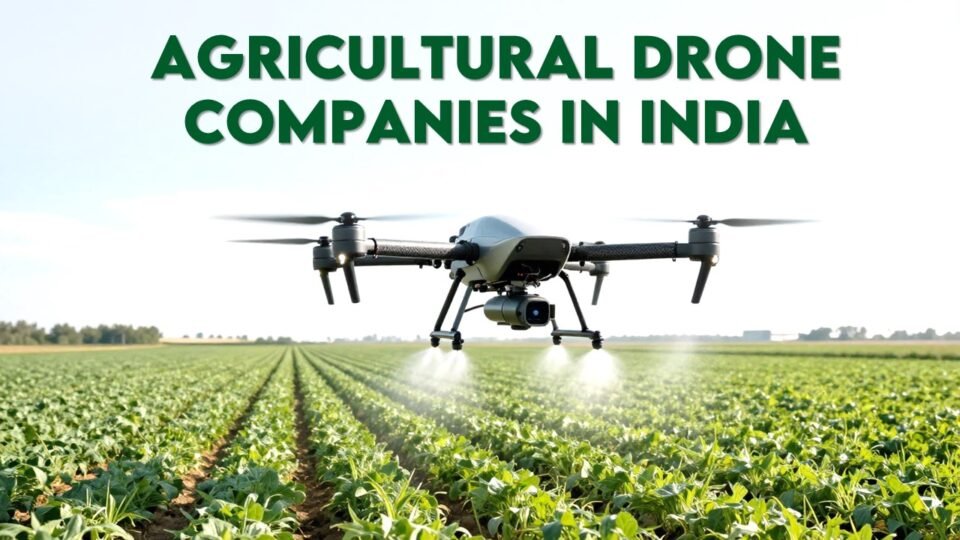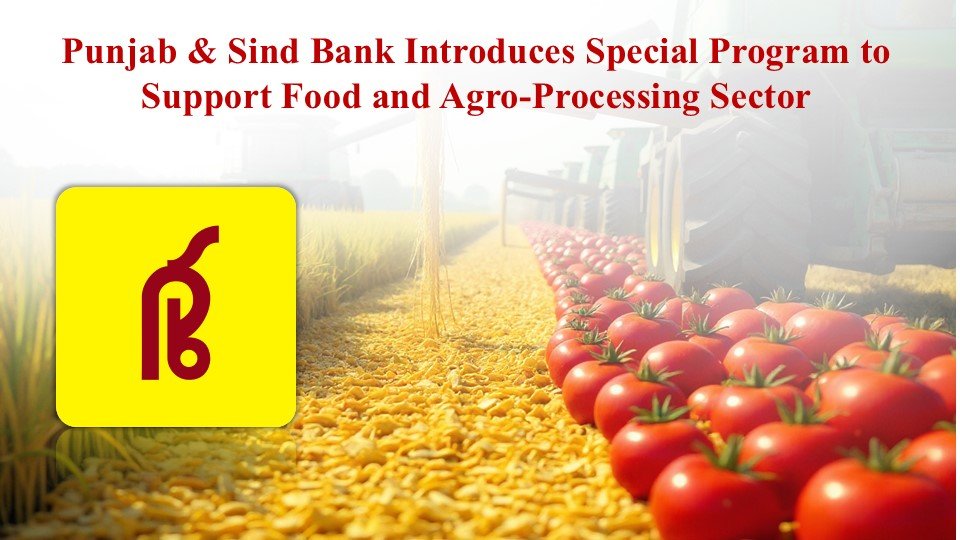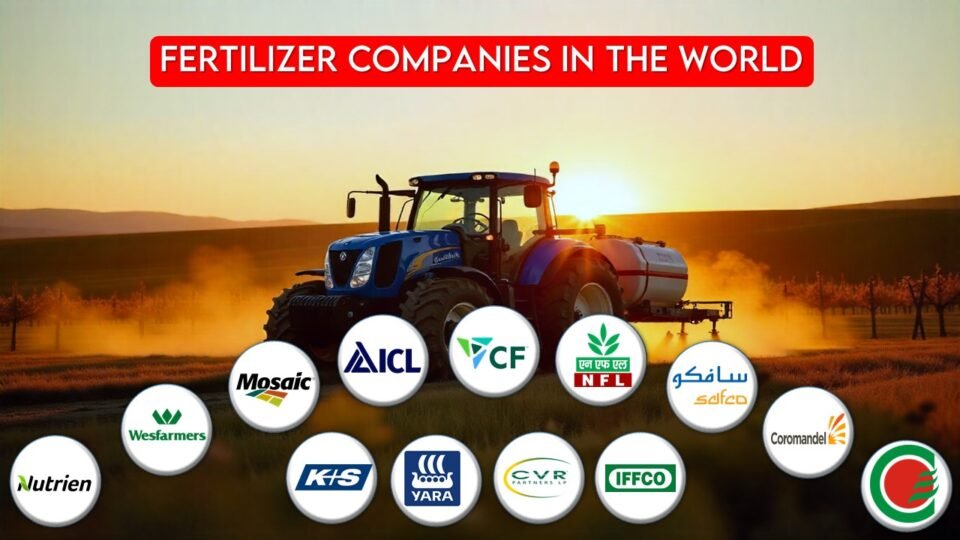Microgreen farming simply stands for Micro means “small”, Green means “plant /herb/fauna” and farming means “cultivation”. They are immature plants, grown within period of 6 to 10 days only and can be harvested by trimming them from stem grown at 2-3 inches of length. A widely accepted definition of microgreens “Microgreens are tender young greens derived from vegetable and herb seeds. They are characterized by fully developed cotyledons and may or may not have their first true leaves”. These greens are prized for their intense flavor, vibrant colors, and concentrated bioactive compounds, making them an excellent choice for enhancing the appeal of various dishes and salads.
What is microgreen farming
The stem, leaf and cotyledons are considered as the edible parts of microgreen, which is highly nutritious, contain utmost nutrition of their whole life cycle stages. They can be easily harvested after 14 to 20 days only. It’s a most profitable farming process where small plants are grown at very small place at tray or pot. It’s farming & handling methods are easy, if once understood and it may pronounced as “urban farming” with great health benefits at very low handling cost.
Origin of Microgreen farming
It has been found that the history of Microgreen farming was rooted back in 1980s when it first seemed on the menu of chefs in San Francisco, California (United States Department of Agriculture, 2014). Further popularity began in the southern part of California in the 1990s, such that now microgreens are regarded as “functional foods” or “Superfoods.”
Steps to grow Microgreens
The simple and proper techniques for Microgreen Farming are :
- Fill a shallow tray or container with soil, with a depth of about 3-4 inches, as microgreens have shallow root systems.
- Evenly spread microgreen seeds on the soil surface. There’s no need for precise spacing; hand sprinkling works well. You may use more than one crop seed at the same tray.
- Gently cover the seeds with a thin layer of soil (1 to 2 inches ) and pat it down to help the seeds settle. Moisten the Soil: Spray water over the soil to ensure it’s moist, but avoid overwatering.
- Place the container in a room with room temperature for approximately two days to allow germination. Once sprouts appear, move it to a sunny spot with 3-4 hours of sunlight daily.
- Water the growing greens twice a day. In 3-4 days, small leaves will develop above the soil with shoots at the base.
- When the microgreens reach a height of 2-3 inches, they are ready for harvesting. Use scissors or a sharp knife to cut them, holding them vertically just above the roots.
- Wash the harvested microgreens with cold running water and use them immediately in your meal. The fresher, the better. It’s advisable to dry them gently before use.
Types of Microgreen Farming
Basically, two types of Microgreen Farming Systems can be created, either it can be Kitchen Microgreen Farming or Indoor Microgreen Farming and Hydroponic Microgreen Farming System.
Kitchen Microgreen Farming or Indoor Microgreen Farming:
- Coconut Husk or Plastic Trays: These trays serve as the growing medium for your microgreens. You can use coconut husk or plastic trays, which provide support and a place for the seeds to grow.
- Water Spray Bottle: A water spray bottle is essential for gently moistening the growing medium and keeping the microgreens adequately hydrated. It allows you to control water distribution without disturbing the delicate seedlings.
Hydroponic Microgreen Farming System:
A hydroponic microgreen system allows you to grow microgreens without soil. This typically involves trays or channels where the plants receive a nutrient-rich water solution directly, promoting rapid growth. These trays should have an appropriate depth to accommodate the roots.
- Hydroponic microgreens require a carefully balanced nutrient solution to provide essential elements for growth. This solution typically contains water, macro, and micronutrients crucial for the development of healthy plants.
- Hydroponic systems include a water pump and aeration system to ensure the even distribution of the nutrient solution and oxygen to the roots of the microgreens.
- Since hydroponic microgreens may not receive natural sunlight and hence need grow lights to provide the necessary light for photosynthesis and growth.
- Monitoring the pH (acidity) and electrical conductivity (EC) of the nutrient solution is crucial to maintain optimal growing conditions for your microgreens. Hydroponic Microgreen Farming generally performed at lab or large scale industries.
Also Read
- Food Wastage in India 2025: From Farm to Bin, Hidden Truth
- Should All Indian Farmers Shift to Organic Farming
Special Consideration for Specific crop of Microgreen Farming:-
| Crop Seed | Quantity of seed (tray of 10*10 inch) | Seed Sowing Depth in soil (in inches) | Harvesting Time |
| Carrot | 1-2 tablespoons | 0.25 | 7-10 Days |
| Alfa Alfa | 2-3 tablespoons | 0.2 | 7-9 Days |
| Flax | 2-3 tablespoons | 0.25 | 8-10 Days |
| Lettuce Green | 1-2 tablespoons | 0.25 | 7-9 Days |
| Spinach | 2-3 tablespoons | 0.2 | 10-14 Days |
| Radish Desi | 3-4 tablespoons | 0.25 | 7-10 Days |
| Cabbage | 2-3 tablespoons | 0.2 | 9-12 Days |
| Amarantha | 2-3 tablespoons | 0.25 | 9-12 Days |
Benefits of Microgreen Farming
During and after wave of COVID has remained the humans to adopt many eco friendly reminders and Microgreen farming is one of them. Microgreen farming offers a host of advantages, from sustainability and nutrition to simplicity and versatility, making it a valuable option for a variety of gardening and dietary needs.
- Microgreen farming requires significantly less water compared to traditional crops, making it an excellent choice in regions with water scarcity or for environmentally conscious individuals.
- Microgreens have a quick growth cycle, often ready for harvest in just a couple of weeks. This means you can enjoy fresh, nutritious greens sooner.
- Microgreens can be grown without soil, which reduces the need for large plots of land and makes them adaptable to various indoor growing systems.
- Their compact size allows microgreens to thrive in limited spaces, making them suitable for urban dwellers or those with small gardens.
- Microgreens typically don’t require chemical treatments for pests and diseases, contributing to chemical-free, healthier produce.
- Microgreen farming often involves controlled environments with reduced weed competition, saving time and effort in weeding.
- They have lower fertilizer requirements compared to full-grown crops, promoting sustainable and cost-effective farming.
- Microgreens are known to contain higher concentrations of vitamins, minerals, and antioxidants compared to their mature counterparts, providing a nutrient-rich addition to your diet.
- Microgreens can play a vital role in enhancing dietary diversity by introducing a wide range of flavors and nutrients to your meals.
- Microgreens are versatile and can be grown in regions with limited space, remote locations, and high-altitude areas where traditional farming may face technical limitations or seasonal variability.
Why Microgreens is so Popular ?
- Incorporating microgreens into your diet can be a healthy living choice due to their high nutritional value.
- Growing microgreens can beautify your kitchen balcony, adding greenery and freshness to your living space.
- Microgreen farming is cost-effective, requiring minimal investment in terms of seeds and growing equipment.
- Microgreens are easy to grow and require minimal effort and expertise, making them accessible to both beginners and experienced gardeners.
- Microgreens generally don’t require additional expenses like composting, fertilizers, or extensive trimming, saving you time and money.
- After harvesting, microgreen containers and growing media are often reusable and recyclable, reducing waste and environmental impact.
Exclusive ways to add microgreen farming products to diet contents:
Microgreens, known for their high nutritional value, must be added as constitute over 30% of a diet. These nutrient-packed greens can be cultivated from cereals and legumes like rice, corn, chickpeas, and lentils. They serve as versatile garnishes, enhancing the flavor, texture, and color of dishes, such as salads, soups, flatbreads, pizzas, and sandwiches (a lettuce alternative). They can be blended into smoothies and juices, offering a health boost. Food science laboratories can create value-added products like cookies, noodles, snacks, and chips using fresh or dried microgreens.
Microgreen Farming In India
In India’s rapidly developing urban centers like Delhi, Bengaluru, and Mumbai, a unique farming trend is taking root, quite literally. Microgreen farming, often referred to as kitchen gardening, and what’s driving this newfound popularity is a perfect blend of technology, limited space, and the quest for alternative sources of nutrients. It offer an efficient way to access natural and healthy foods without the need for an extensive garden or an abundance of time. The beauty of microgreen farming is it’s a perfect fit for individuals who want to incorporate fresh, nutritious produce into their diets but face constraints when it comes to space and gardening expertise.
Microgreen farming is more than just a trend; it’s a response to the need for sustainable, natural, and convenient food sources in the urban India. With a little space, some seeds, and a dash of enthusiasm, microgreens are bridging the gap between city life and the desire for healthier, greener living. More and more people are waking up to the idea of growing their own mini gardens right at home, ensuring a daily supply of fresh, flavorful, and nutrient-packed greens.
Ways to Develop Microgreen Farming Business
- Expand microgreen farming to a commercial scale, supplying restaurants, local markets, and retailers. Educational Services: Offer workshops, tutorials, and training to aspiring microgreen farmers.
- Create an online platform for selling microgreens directly to consumers such as packed seeds, micro farming handling equipment’s or even freshly packed crop products also.
- Develop and sell products such as microgreen salad mixes or condiments.
- Promote organic and sustainable microgreen farming at indoor and kitchen to cater to environmentally conscious consumers.
- Collaborate with restaurants to grow customized microgreens for their unique culinary needs.
- Explore opportunities to export microgreens to international markets.
Agribusiness Promoting Microgreen Farming
Agribusinesses are promoting microgreen farming due to its sustainability, high demand for fresh produce, and nutrient density. Strategies involve education, supply chain integration, and collaborations, benefiting both consumers and business developers. The microgreen farming business can be diversified through specialization, scaling, education, online sales, value-added products, sustainable practices, restaurant collaborations, and export opportunities, depending on market dynamics and goals.
Nutritional Value of Microgreen Farming Products
Microgreen products, cultivated from vegetable, legume, herb, and cereal seeds, are often hailed as “living superfood” or “functional food” thanks to their high levels of chlorophyll, beta carotene, lutein, and essential minerals like magnesium, potassium, phosphorus, and calcium. These greens are notably rich in nutrition and boast a variety of phytoactive compounds, including carotenoids, phenols, glucosinolates, and phytosterols.
| Name of Plant | Nutritional Value | Health Benefits |
| Microgreen Triticum aestivum (wheat) and Microgreen Hordeum vulgare (barley) | Chlorophylls & Carotenoids has strong accumulation of pigments was Maximum between day 7–10 in Wheat and day 10–13 in barley. | Help to combat oxidative stress and promote overall health. |
| Microgreen Spinach | folate, phylloquinone, ascorbic. acid, carotenoids anF tocopherol rich. | Helps to combat oxidative stress and promote overall health. |
| Microgreen Lentil and Mung | Were identified as superior based on antioxidant activity, total flavonoids, ascorbic acid, carotenoids, and phenol content. | Antioxidants protect cells from damage caused by free radicals, supporting a healthy immune system. Flavonoids and Phenols provide anti-inflammatory and anti-cancer properties. |
| Microgreen Alfalfa, Fenugreek, Lentil, and Daikon Radish | Were identified as superior based on antioxidant activity, total flavonoids, ascorbic acid, carotenoids, and phenol content. | Polyamines such as spermine, spermidine, and agmatine, important for cellular health and longevity. |
| Microgreen Brassica species microgreens | 165 phenolic compounds were identified, out of which a large number of Acylated quercetin, cyaniding, glycosylated and complex hydroxycinnamic and benzoic acids. | Phenolic compounds potent for anti-inflammatory and antioxidant effects, reducing the risk of chronic diseases. |
| Micro-Green stage of amaranthus | A-carotene and b-carotene were significantly high | Carotenoids are converted to vitamin A in the body, supporting vision, immune system, and skin health. |
| Broccoli microgreens | Higher content of Cu, Mg, Mn and Zn has reported | These minerals are important for various metabolic processes, immune function, and bone health. |
| Microgreen Green lettuce | Found high in Mo, Mg, Mn, Se, Ca, Fe and Zn | These minerals play roles in immune function, thyroid health, bone strength, and oxygen transport in the blood. |
Conclusion:
In conclusion of microgreen farming, we may say it has earned its place as an invaluable resource for fresh and sustainable nutrition in the modern world. Microgreen products are packed with essential vitamins, minerals, and numerous of bioactive compounds like carotenoids, phenols, and glucosinolates. These youthful plants offer a plethora of advantages, making them a standout choice for anyone looking to enhance their nutrition and enjoy a touch of greenery even in limited spaces. Along with all these advantages, Microgreen products can create a chain of employment opportunities from local business developers to a large-scale commercial industry.
Latest Post
- Top 10 Agricultural Drone Companies in India
- December Issue 2025- Times of Agriculture Magazine
- November Issue 2025- Times of Agriculture Magazine
- Punjab & Sind Bank Introduces Special Program to Support Food and Agro-Processing Sector
- Beyond Classrooms and Gardens: How a Professor Turned His Passion into Purpose
- October Issue 2025- Times of Agriculture Magazine
- Top 10 Pesticide Companies in the World
- September Issue 2025- Times of Agriculture Magazine
- Top 15 Fertilizer Companies in the World











